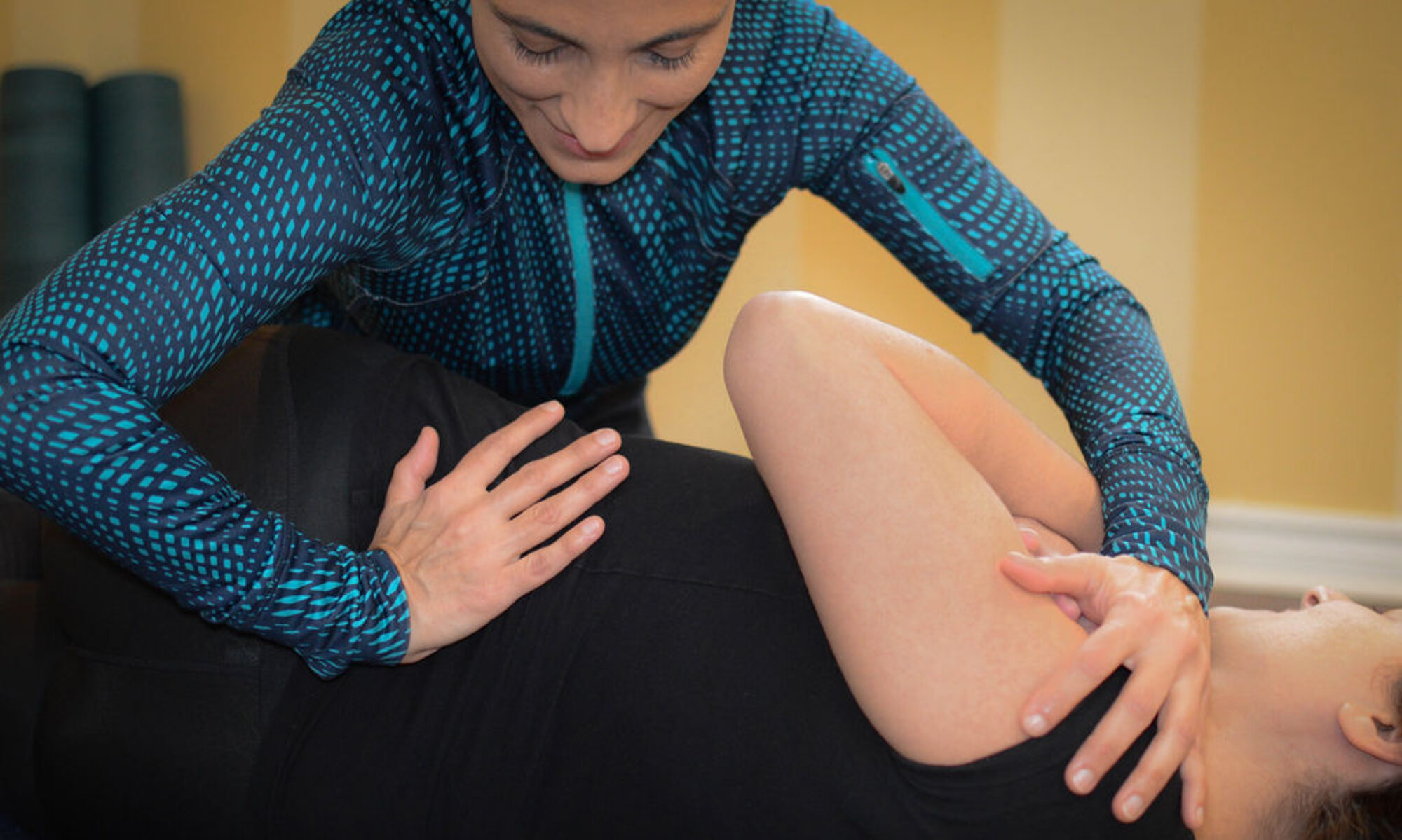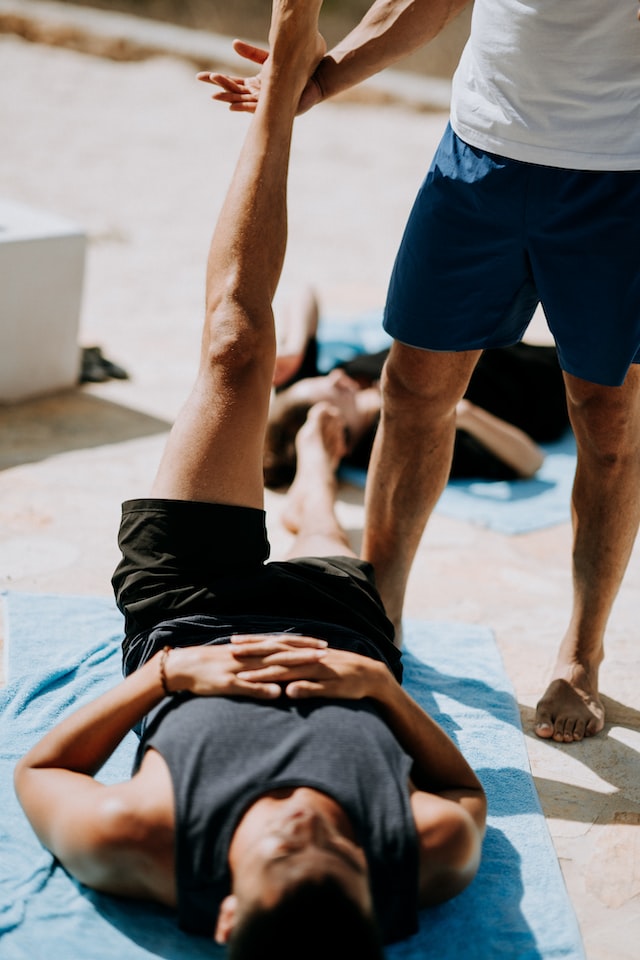Therapeutic Yoga is a practice mainly focused on recovering health on a physical, mental, emotional and energetic level. Therapeutic yoga offers techniques and tools to restore balance. Balance or homeostasis is regained through a process of body awareness, relaxation and self-observation, in order to recover vitality.
What is a Therapeutic Yoga class like?
In a therapeutic yoga session, repeated movements of the body and breathing are worked on, as well as postures performed with the help of supports, wooden blocks, belts, chairs, blankets or ropes. The practice focuses on restoring the body’s alignment in the spine and in general at a structural level.
Yoga asanas allow us to explore and work on our ailments, finding different variations in posture, so that the student can always apply the one that suits him best, according to his own aptitudes and limitations.
During the class, restorative postures are included, which are held for a longer time than normal asanas. These asanas together with the appropriate breathing exercises are essential to relieve stress, mental tiredness, anxiety and depression.
A therapeutic yoga class offers a practice adapted and accessible to the abilities of the student, regardless of the age or condition of the person who practices it. It is a practice especially indicated for people who have some type of limitation of movement or injury, as well as the elderly or pregnant women.
What to expect during therapeutic Yoga?
During therapeutic yoga, asanas are tailor-made and centered on alignment, the movements are gentle to help restore tissue and mobility, Yoga props are used to aid during asanas seeking mobilization, releasing the spine, hips, and shoulders. These techniques serve the propose of mitigating stress and are meant to act on the autonomic nervous system to somehow be more aware of unconscious functions such as breathing, heart rate and other organic and psychological functions.
A Yoga practice can heal you or injure you
All yoga practices are healing, but the way we apply them is what makes them therapeutic. You can practice yoga and get injured or healed. It all depends on how much knowledge you have and how much body awareness you have developed. In therapeutic yoga, postures are worked with special attention.
Book your Yoga One-on-one!!


